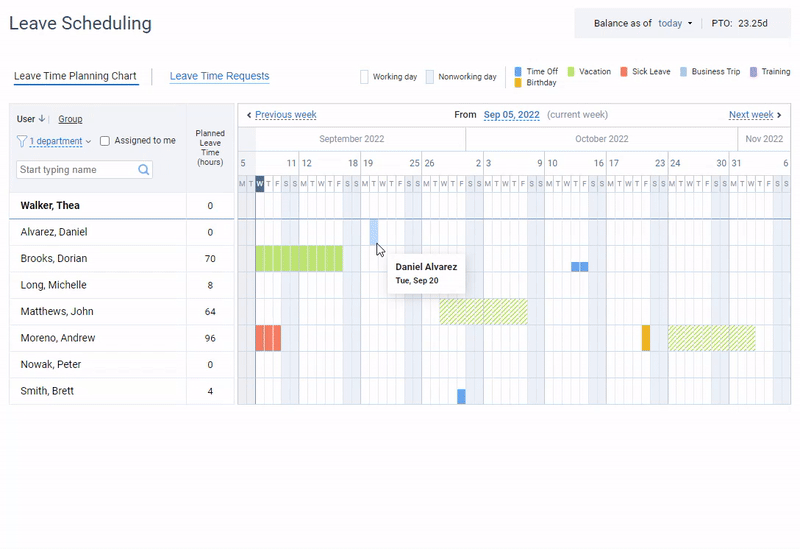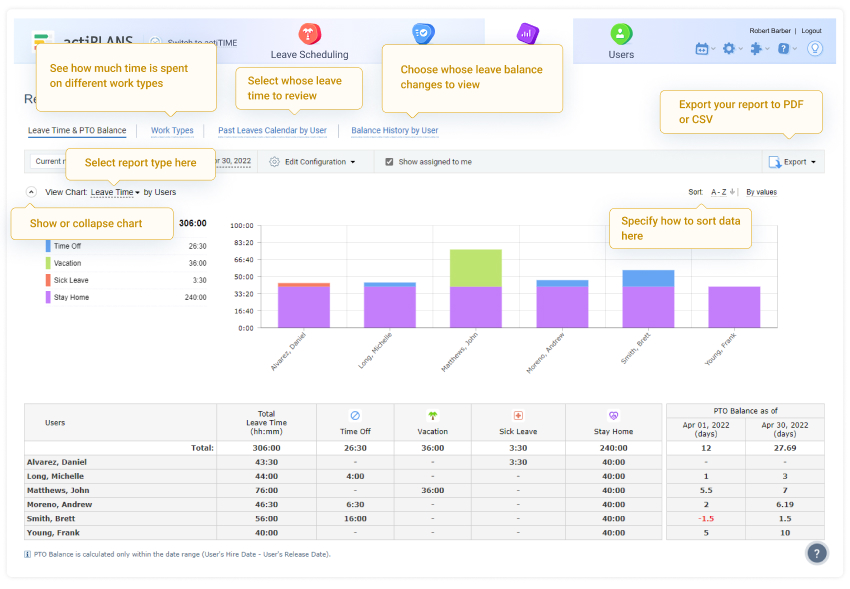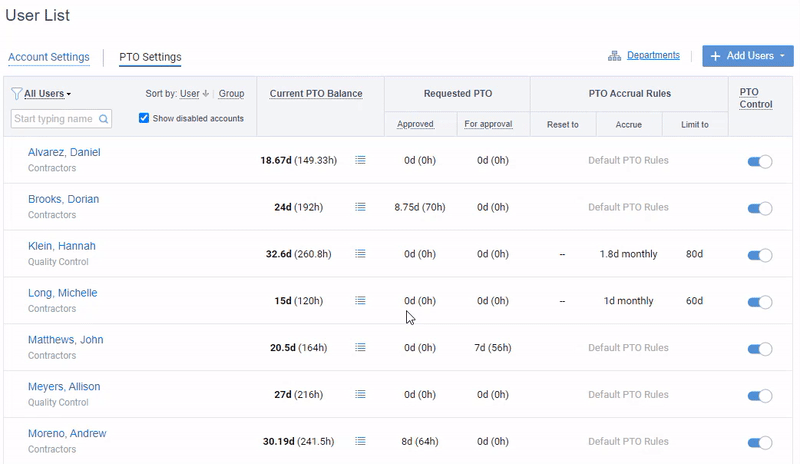Most companies know too well of the cost of employee absences: they cover paid absences and lose billions of dollars annually due to absences and absenteeism cases. Absences decrease staff productivity, reduce their motivation, bring extra workload that can lead to overwork, stress, and further sickness absence.
“Average employee is absent for 6.9 days per year with median cost of absence equal to $716 (CIPD Absence Management Survey)”
Whatever the reasons behind employee absences, HR teams and project managers should keep a close watch on employee attendance and performance to maintain the highest business performance. So, in this article, we explain how to make absence management effective, prevent absenteeism and maximize staff productivity.
What Is Absence Management?
Absence management (or attendance management) refers to the measures that companies take to reduce employee absences in the workplace. Through absence management, you can achieve a balance between supporting your employees’ well-being and taking firm, fair action against sick pay abuse.
Absence management includes methods that can help you measure absence, understand how it affects your business, and manage it effectively. Absence policy is one of the best practices that allow your company to manage absences in your company.
Key Elements of Effective Absence Management
1. Absence policy
To define absence request procedures and prevent absence abuse, companies usually develop an absence policy that clarifies what’s expected from both the employer and employee if the latter needs to take time off work.
Such a policy is a major component of effective absence management. It defines the rules of how various attendance issues (such as tardiness, no-shows, early outs) and different types of leave will be handled.

Leave management in actiPLANS – create an unlimited number of leave types, get your team to request and plan their time off and review employee availability
Absence policy should also include information regarding payment for missed days of work, the amount of sick or personal days an employee can take before and disciplinary action that may follow if work absences become an ongoing problem also known as absenteeism.
2. Absenteeism prevention incentives
Absenteeism refers to continuous or frequent absences from work that are usually intentional and without any good reason. This excludes paid leaves and occasions where an employer has granted an employee time off and is usually caused by burnout, harassment, family-related issues, illness, and job hunting.
The average absence rate from work for full-time employee is 2.9%
(Bureau of Labor Statistics)
Though you don’t need to know the reasons behind absenteeism to take measures beforehand. First of all, you need to define an attendance policy that would formalize the attendance expectations and define the disciplinary action that might follow in case of absence abuse. Second, you can reward good attendance at the annual performance appraisals or provide them with more paid time off. And finally, be kind and provide support where possible to make employees feel valued. If absenteeism cases still take place, consider holding an absence review meeting.
3. Absence review meetings
Absence review meeting is a disciplinary meeting with the employee to discuss their absence-related conduct or even absence abuse and agree on your further steps. To do that, you need to plan the meeting properly.
Prior to the meeting, you should prepare relevant evidence that can include timesheets, documents, leave management system logs. It’s also important to conduct an effective meeting, ask the right questions and discuss the right issues, so you need to make a list of questions beforehand.

Leave reports in actiPLANS – work and leave management software
The purpose of the meeting is to allow the employee to answer the accusations facing them and reach an agreement. First of all, you need to confirm that the employee understands and answers the allegations made against them, understands the possible disciplinary actions that can be taken against them and responds to the evidence. Hear them out and let the employer, project manager or HR manager decide on whether disciplinary action should take place and if so, what form that action should take. For example, some companies calculate PTO balances and use them to cover unpaid and unauthorized absences.
4. Error-free leave accrual
Leave accruals are the number of days or hours of paid leave time that an employee earns while working at the company. Your PTO policy should cover employee work hours, paid leave types, PTO calculations, leave request procedures and repercussions for violations.
Streamlining leave accrual is a perfect way to promote effective absence management. Thus, we created actiPLANS – an automated leave management system for small teams, middle-sized companies, and enterprises. In actiPLANS, you can set custom automatic accrual rules covering the entire staff or individual employees and conform to any policies or regulations. For more control, you can also modify the balances manually.

PTO calculation settings in actiPLANS where you can specify custom accrual rules
actiPLANS keeps track of PTO balance changes so that you and your employees can review these changes anytime and export time off logs in PDF.
You Cannot Manage What You Don’t Measure
Effective absence management is essential for many reasons: from PTO calculations and absenteeism prevention to the quick view of your team members’ availability and smart project management. Absence management software makes a good fit for companies that need to automate absence-related routines and allocate more free time for their HR teams, accountants and project managers.



